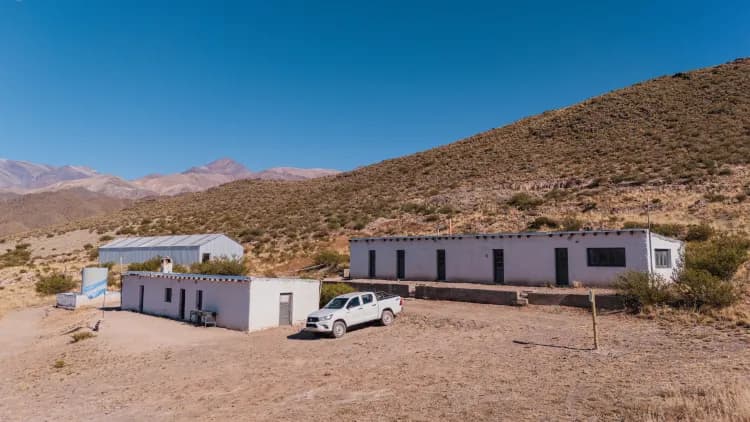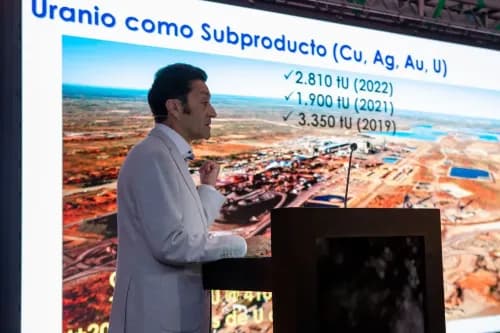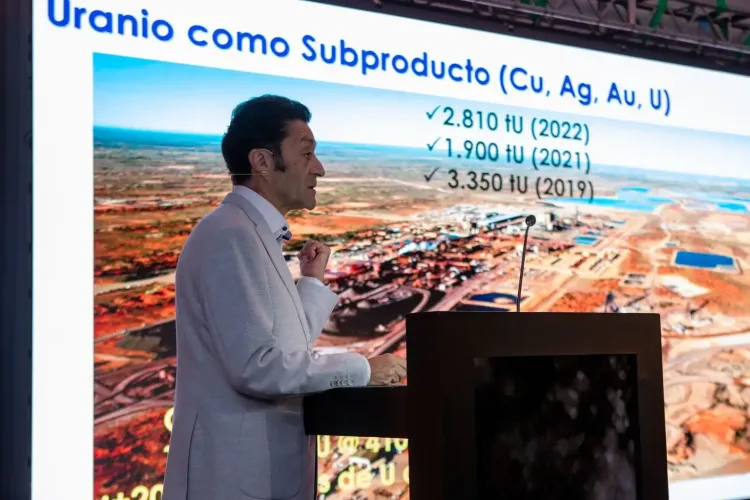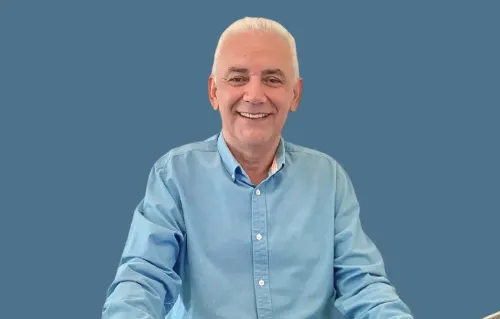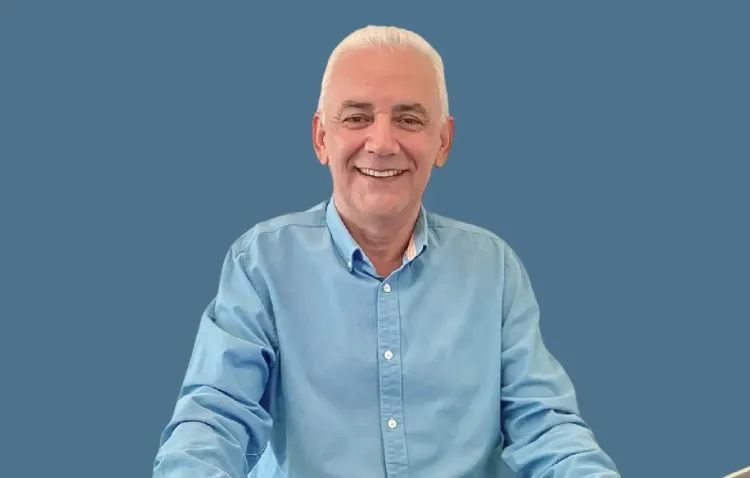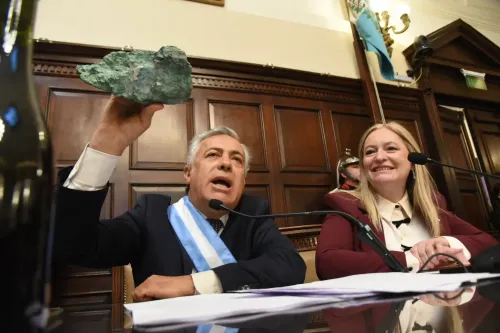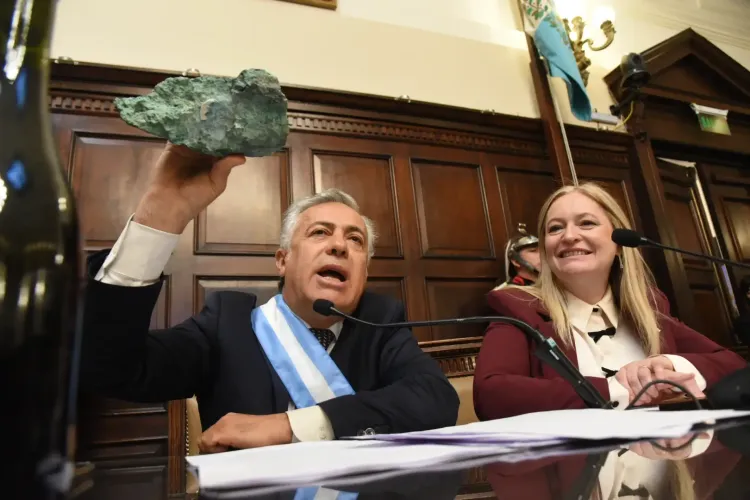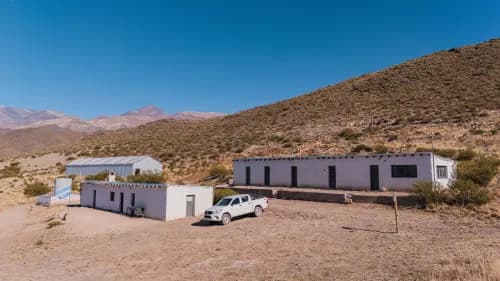Expert in Circular Economy and Sustainability in the Mining Industry
**By Mining Engineer Gabriel Paganini **
In the current globalized linear economy, based on the paradigm of "take, make, and dispose," global agendas are increasingly oriented toward carbon neutrality to ensure a sustainable future. In this context, mining plays a key role in the transition to low-carbon energy sources, as it provides the raw materials and inputs needed for cleaner technologies. Therefore, the continuity and expansion of mining must align with the growing social and environmental demands that restrict access to deposits.
In response to the dominance of the linear economic model, circular economy (CE) emerges as a transformative approach operating at organizational, economic, and social levels. CE not only prevents pollution and protects the environment but also offers a pathway to sustainability through a regenerative and restorative system. Its goal is to drive economic development (goods and services market) while reducing the pressure on natural resources.
In the mining sector, circular economy presents significant opportunities: minimizing and valorizing waste, increasing efficiency in extraction and processing operations, and rehabilitating mining sites for productive future use. These practices not only enhance resource management but also contribute to long-term sustainability.
Adopting circular economy principles in mining requires the collaboration of multiple stakeholders within a cooperative ecosystem. Circularity policies should integrate global approaches while addressing specific challenges related to the valorization and inertization of mining waste, considering each deposit's capabilities and its geographical and social environment. The transition to this model should be gradual and progressive, ranging from simple to complex solutions, always aligned with achieving the Sustainable Development Goals (SDGs).
Global Resource Demand and Its Implications
In recent years, the global demand for natural resources has grown significantly, with extraction rates tripling, partly driven by the push for electromobility. Metallic minerals have been particularly affected, showing an annual growth rate of 2.7% from 1970 to 2017. If economic growth patterns from recent decades continue, along with the consequent production, commercialization, processing, and disposal of materials, this model will become unsustainable in the short term.
In a constantly transforming global economy, where international agendas drive the transition to carbon neutrality for a sustainable future, mining's role is fundamental. This industry provides the raw materials essential for the development of clean technologies during the energy transition, such as electric vehicles, changes in the energy matrix, solar panels, wind turbines, and energy storage systems. Furthermore, mining is crucial for the construction, infrastructure, manufacturing, and consumer goods sectors.
Transition to a Sustainable Mining Model
To ensure its continuity and growth, mining must adapt to a sustainable future. This involves internalizing environmental costs and developing strategies to minimize ecosystem impacts, aligning activities with shared value, strengthening trust with stakeholders, promoting the shift from linear to circular flows, and supporting the achievement of the SDGs.
Mining is one of the pillars of economic growth in Andean countries such as Chile, Peru, Bolivia, and more recently, Argentina. These regions possess natural wealth that could be transformed into capital for inclusive, competitive, and sustainable development. However, mining faces demands from stakeholders, including governments, communities, shareholders, and consumers, to reduce its environmental impact. This requires rethinking mining’s strategic planning, incorporating an analysis of the environmental system as a provider of renewable and non-renewable resources, while considering its capacity to maintain regenerative functions and absorb generated waste.
Towards a Circular Mining Economy
Despite calls to review current linear economic patterns and the pressures on the environmental system, transitioning to sustainable mining remains a challenge. Achieving this requires a clear strategy and collaboration among stakeholders.
Mining processes must shift from being merely extractive to regenerative and restorative. This transition from a linear to a circular model prioritizes value retention and reduces environmental impacts while creating new economic opportunities. This pathway to a Circular Economy (CE) should be part of a comprehensive strategy involving the mining, productive, and industrial sectors, promoting sustainable production and consumption. Collaboration among governments, the mining sector, civil society, academia, and communities will be key to strengthening capacities and developing technology that fosters mining sustainability.
Defining Circular Economy (CE)
There are over a hundred definitions of CE, making consensus challenging. In Latin America and the Caribbean, the concept is often dominated by ideas related to recycling economies. Given the growing relevance of CE, it is essential to construct a coherent conceptual framework from existing literature, highlighting its relationship with achieving sustainable development.
Four key components are essential for defining CE:
- The recirculation of resources and energy, resource use minimization, and waste value recovery.
- A multi-level approach.
- Its relevance as a pathway to sustainable development.
- Its close connection with social innovation.
Proposed Definition:
“Circular economy is an economic development model operating at all organizational levels, preventing environmental pollution, protecting the natural environment, and offering a pathway to environmental, social, and economic sustainability. This model focuses on regenerating and restoring natural systems, reducing the extraction of virgin raw materials, and minimizing waste production. Moreover, circular economy aims to keep products and materials in use for as long as possible, ensuring that at the end of their life cycle, they become resources for new activities. This process is supported by design and technological development to facilitate product maintenance, repair, reuse, remanufacturing, restoration, and recycling.”
CE fosters value retention, reduces environmental impacts, lowers costs, and creates economic opportunities, contributing to the achievement of the 2030 Agenda's SDGs. It aligns particularly with SDG 12 (responsible production and consumption) and indirectly supports SDG 6 (clean water and sanitation), SDG 7 (affordable and clean energy), SDG 8 (decent work and economic growth), SDG 13 (climate action), and SDG 15 (life on land).
Pathway from Linear to Circular Economy
Over the last decade, CE has captured the attention of key global economic actors as an alternative to the traditional linear economy model characterized by "take, make, and dispose." This model has prevailed until now, but businesses and governments are increasingly aware of its limitations and impacts, such as the depletion of renewable and non-renewable resources, increased waste volumes, and rising environmental pollution. These factors threaten not only social well-being but also business profitability and sustainability.
Advancing toward an inclusive and circular economy involves decoupling economic growth from increased environmental pressures and intensive resource and energy use. Achieving this transition will require significant investments and firm political decisions, supported by appropriate economic incentives. This shift will optimize the use of natural resources and strengthen the link between economic and environmental systems.
The dynamic relationship between the economy and the environment underscores the importance of adopting a circular approach to resource management.

Based on this framework, the environmental pressure generated by the current linear economy can be explained. This model fosters a culture of excessive consumption and produces large volumes of waste that the environmental system cannot sustainably assimilate in the long term. In contrast, nature operates in a regenerative and circular manner, where the byproduct of one species becomes raw material for another.
“Circular economy draws inspiration from natural cycles and aims to minimize the consumption of raw materials and energy while reducing waste to zero. It is characterized by low pollutant emissions and high resource efficiency, significantly contributing to environmental protection not only at a regional level but also globally. For this reason, circular economy is part of an integral strategy to achieve sustainable development.”
The circular economy (CE) has gained popularity in business and political spheres, supported by organizations such as the Ellen MacArthur Foundation and backed by a growing body of research. However, transitioning to CE requires profound transformations in production and consumption patterns. This shift involves adopting new technologies, products, business models, and social transformations. In this process, design plays a crucial role by incorporating the idea of turning “waste or byproducts” into “inputs for new products.”
Why Should Latin America Transition from a Linear to a Circular Economy?
Since colonial times, Latin America has based its economy on resource extraction, but today it is imperative to rethink this approach toward conservation and regeneration. The results of the study show that CE represents a key opportunity for job creation and poverty reduction, while also being essential for the conservation of both current and future natural resources. Consequently, transitioning from a linear economy to a circular model requires the promotion of innovations that drive dematerialization, the development of Industry 4.0, the pursuit of disruptive technologies, and the creation of new business models.
Although the past decade has shown some decoupling between economic growth and resource use, these advances have resulted in stricter controls but have not been sufficient. Increased consumption continues to deplete resources saved through efficiency measures. Faced with this reality, CE emerges as a key solution to balance economic growth with environmental sustainability.
Based on the text The Circular Economy in the Peruvian Economy by Dolfer Julca Zuloeta, Consultant for the Non-Renewable Resources Unit, Division of Natural Resources of the Economic Commission for Latin America and the Caribbean (ECLAC), as part of the Division's activities and the Regional Cooperation for Sustainable Management of Mining Resources in the Andean Countries (MINSUS) program, executed by ECLAC in partnership with the Deutsche Gesellschaft für Internationale Zusammenarbeit (GIZ) and funded by the Federal Ministry for Economic Cooperation and Development (BMZ) of Germany.



